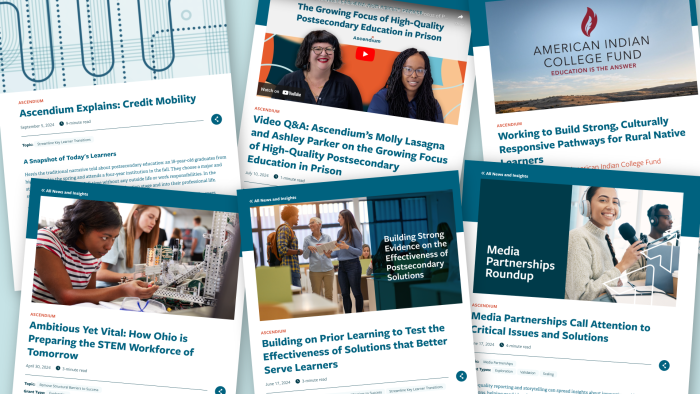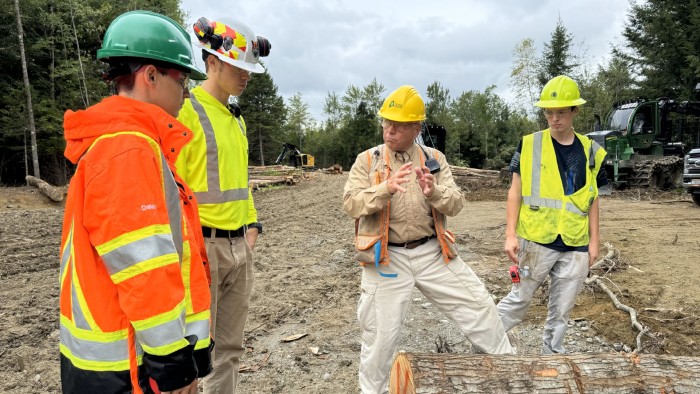
Insights about Rural Institutions, Learners and Communities Uncovered by Digging Through the Data
 We live during a time where data is all around us. However, there remain gaps in data when it comes to rural postsecondary education and workforce training, fueling an appetite for further research and understanding amongst those in the field.
We live during a time where data is all around us. However, there remain gaps in data when it comes to rural postsecondary education and workforce training, fueling an appetite for further research and understanding amongst those in the field.
Dr. Nicholas Hillman of the University of Wisconsin-Madison’s Student Success Through Applied Research (SSTAR) Lab is one of those individuals with an appetite for further research and understanding. With funding support from Ascendium, Dr. Hillman and his colleagues have been pouring through data about rural institutions and learners to create resources for researchers and policymakers alike. They envision stakeholders using the resources to inform, expand and improve postsecondary education opportunities and outcomes in rural areas.
The SSTAR Lab’s recently released Mapping Rural Colleges Report provides an opportunity to analyze demographic shifts in rural communities and college enrollment trends in rural places. The report includes data points from multiple sources, carefully reviewed and curated into one place by colleagues at the SSTAR Lab.
Utilizing data from the U.S. Department of Agriculture’s Economic Research Service and the U.S. Census Bureau, along with federal information on Rural-Urban Continuum Codes, the SSTAR Lab first determined a definition for “rural.” Then, using data from the U.S. Department of Education’s (ED’s) Integrated Postsecondary Education Data System (IPEDS), they began tracking enrollment at rural postsecondary institutions across the country.
IPEDS data was then merged with data from the ED’s Database on Accredited Postsecondary Institutions and Programs (DAPIP) to ensure additional locations where postsecondary programs are being delivered were included in the resources. According to Dr. Hillman, additional locations provide a wider and more complete list of where educational opportunities are located. They include non-traditional venues for postsecondary learning, such as extension offices, corrections facilities, hospitals, K-12 settings, military bases, conference centers and miscellaneous community agencies. These educational settings can all be explored using the SSTAR Lab’s accompanying Mapping Rural Colleges Tool.
“There are all sorts of places where education is occurring, [where] postsecondary programs are being delivered and the IPEDS data certainly gets us a long way. It is complimented by the DAPIP data to give us a fuller picture,” Dr. Hillman said on a recent Rural Matters podcast where he and the SSTAR Lab’s work were featured. “We still have a lot of work to do, but we hope [the resources] are a meaningful contribution to the field to help expand our thinking.”
By supporting the creation of these resources, Ascendium hopes new knowledge will be generated and shared widely so that education leaders, researchers, practitioners and policymakers can find solutions that improve educational outcomes for learners, particularly rural learners and learners from low-income backgrounds. Ascendium also plans to use the resources to expand our own understanding of rural learners, institutions and communities.


